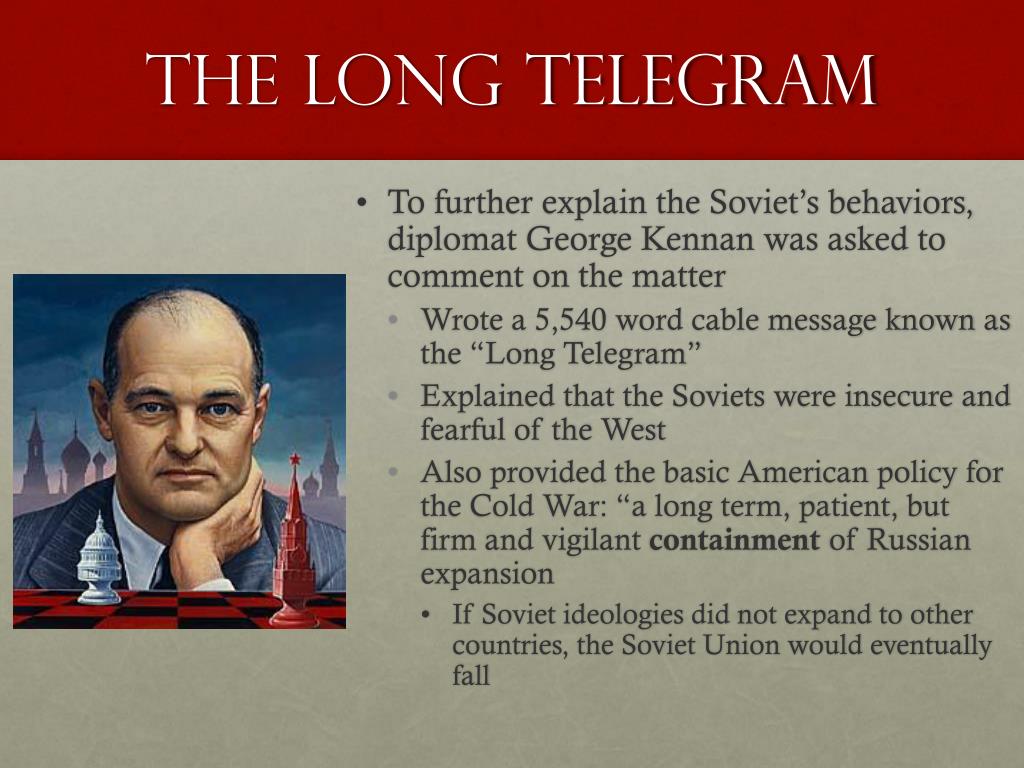
įirst, it does not represent natural outlook of Russian people. Understanding that is one good step towards modus vivendi, or coexistence.ĭr Sayeed Ahmed is a consulting engineer and the CEO of Bayside Analytix, a technology-focused strategy and management consulting organisation.The Charge in the Soviet Union (Kennan) to the Secretary of State And finally, each has its history, domestic issues, and political conviction. Both sides need to consider the other's realities and reign in the proponents of a war that will be unimaginably disastrous. Washington and Beijing know enough to realise that war is not a viable option, but coexistence is. History has repeatedly shown that wars that were expected to be short and decisive ended up being long and protracted, severely draining both sides. Unlike the Soviet Union, China is a peer of the US in economic might with increasing tech and military muscle. Beijing controls 90 percent of the supply of processed rare earth minerals that is essential for refining petroleum and making advanced weaponry, high-end electronics, electric vehicles, and wind turbines without which the modern economy will crumble. Almost 40 percent of Australian exports go to China. China accounts for a third of Germany's car sales. In 2019, 1.2 million American jobs depended on exports to China of which 245,000 were lost after the start of the trade war.

China was also the world's second-largest source of outbound FDI over the same period.

It received the second largest Foreign Direct Investment (FDI) from 2015 to 2017. It is also the largest export destination for 33 countries and the largest source of imports for 65. In 2017, its share of global goods trade rose to 11.4 percent (from 1.9 percent in 2000). It became the world's largest exporter of goods in 2009, and the largest trading nation in 2013. Third, China is intricately connected to the international trade and economic system, making it almost impossible to isolate it without harming the global economy.

The 11,000 km long train route linking China's Chongqing with Germany's Duisburg, which opened in August 2012, is carrying tens of thousands of containers each year (currently, an alternative route is used bypassing Russia due to the Ukraine war). The same game is being played today, as Beijing aggressively pushes ahead with its BRI projects. Instead, they made trade more attractive to the tribes than looting or war. As the ancient traders embarked on perilous journeys through the tribal territories in Central Asia, Chinese emperors didn't attempt to bring those territories under their total control. Second, China has a long tradition of doing business with adversaries which its rich silk road history shows. It opened up international trade and foreign investment and did everything required to take advantage of capitalism's strengths. China, in sharp contrast, did see the benefits of a market economy and used it to its benefit. There was nothing in capitalism they could adopt. The Soviets did not see the possibility of any peaceful coexistence with the capitalist world, and they persistently aimed at advancing the socialist cause. Kennan aptly noted that the Soviet leadership perceived itself at perpetual war with capitalism. But there are some striking dissimilarities too.

But will what worked against the Soviets also apply to China? On the surface, there are some similarities between the two both are under authoritarian regimes, and both are founded on the same communist idea. The China containment policy has thus taken deep roots following Kennan's anti-Soviet postulations.


 0 kommentar(er)
0 kommentar(er)
